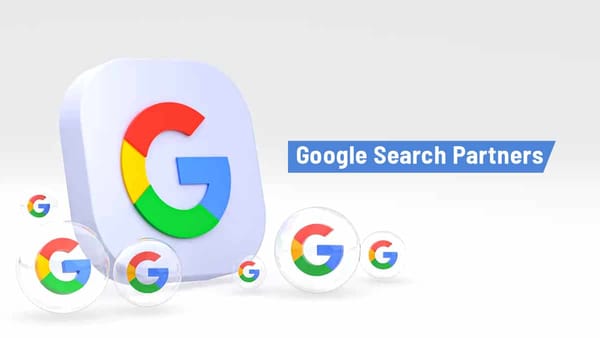SEO vs SMO: Understanding the Key Differences and How They Work Together

Introduction
In the digital marketing world, SEO (Search Engine Optimization) and SMO (Social Media Optimization) are two powerful techniques used to improve a website's visibility and drive traffic. While both are crucial for online success, they operate in different ways and have distinct goals. Understanding the key differences between SEO and SMO, as well as how they can complement each other, is essential for crafting a comprehensive digital marketing strategy.
What is SEO?
SEO refers to the process of optimizing a website to improve its ranking on search engine results pages (SERPs) for relevant keywords. It involves a variety of techniques, including keyword research, content optimization, backlink building, and improving the technical aspects of a website. The goal of SEO is to increase organic (non-paid) traffic to a website by making it more visible to users searching for specific products, services, or information.
SEO focuses on:
- Keyword optimization to ensure content matches search intent.
- Technical optimization to ensure websites are easily crawled by search engines.
- Content quality and relevance to attract users searching for specific information.
What is SMO?
SMO involves optimizing a website’s social media presence to enhance its visibility on platforms like Facebook, Twitter, LinkedIn, Instagram, and others. The aim is to engage users, increase followers, and drive traffic back to your website through social media channels. SMO includes activities like creating shareable content, engaging with followers, running ads on social media platforms, and optimizing profiles and posts to improve visibility.
SMO focuses on:
- Content optimization for social media to encourage shares, likes, and comments.
- Building a strong social media presence to increase brand awareness.
- Engagement and interaction with users to foster community and loyalty.
Key Differences Between SEO and SMO
- Focus Area
SEO is focused on improving visibility within search engine results (Google, Bing, etc.) through organic efforts, whereas SMO is focused on improving visibility within social media platforms by engaging users and encouraging content sharing. - Target Audience
SEO targets users who are actively searching for products, services, or information, often using specific keywords. SMO, on the other hand, targets users who may come across content via social media while browsing, following, or engaging with their networks. - Traffic Source
SEO brings traffic from search engines, and it tends to be organic, long-term, and more sustainable. SMO brings traffic from social media platforms, where users are more passive and may not be actively searching for your offerings. - Nature of Content
SEO is more focused on creating evergreen, keyword-optimized content (like blog posts, articles, landing pages) that appeals to search engine algorithms. SMO is focused on creating content tailored for social media, such as videos, infographics, and shareable posts, to increase engagement and virality.
How SEO and SMO Work Together
Although SEO and SMO are different strategies, they can work together to enhance the overall performance of a digital marketing campaign. Here’s how:
- Boosting Engagement and Traffic
SMO can help drive social traffic to your website, which can indirectly influence SEO. Social signals like shares, likes, and comments on your posts can signal to search engines that your content is valuable and relevant, which can positively impact SEO rankings. - Increased Brand Visibility
SEO brings visibility to your website in search engine results, while SMO builds brand recognition and engagement on social media. Together, they create a robust online presence, reaching potential customers through both organic search and social media channels. - Content Promotion
After creating high-quality content optimized for SEO, you can use SMO to promote it across social media platforms. This not only helps to drive more traffic but also increases the chances of the content being shared and reaching a larger audience. - Cross-Promotion
By using SEO to optimize landing pages and blog posts and using SMO to drive traffic to those pages through social media, businesses can maximize the reach of their content and increase the likelihood of conversions.
When to Use SEO and SMO
- Use SEO when your primary goal is to improve visibility in search engines for long-term, consistent organic traffic. It’s best for businesses targeting users actively searching for specific products, services, or information.
- Use SMO when you want to build your brand’s social presence, engage with users, and promote content on social media. It’s ideal for businesses looking to increase social interaction, brand awareness, and referral traffic.
Both SEO and SMO are integral parts of a digital marketing strategy, and using both in combination will provide the best results for reaching your target audience and driving traffic to your website.
Conclusion
While SEO and SMO are distinct strategies, they both aim to increase online visibility and drive traffic to your website. SEO focuses on improving rankings in search engines, while SMO focuses on enhancing engagement and traffic from social media platforms. Together, they form a powerful marketing duo, and businesses that optimize both will see better overall results.




